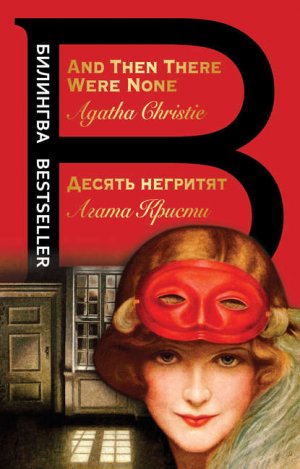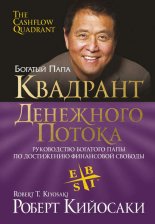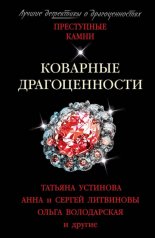Десять негритят / And Then There Were None Кристи Агата

From my window I saw Vera Claythorne shoot Lombard. A daring and resourceful young woman. I always thought she was a match for him and more. As soon as that had happened I set the stage in her bedroom.
It was an interesting psychological experiment. Would the consciousness of her own guilt, the state of nervous tension consequent on having just shot a man, be sufficient, together with the hypnotic suggestion of the surroundings, to cause her to take her own life? I thought it would. I was right. Vera Claythorne hanged herself before my eyes where I stood in the shadow of the wardrobe.
And now for the last stage. I came forward, picked up the chair and set it against the wall. I looked for the revolver and found it at the top of the stairs where the girl had dropped it I was careful to preserve her fingerprints on it.
And now?
I shall finish writing this. I shall enclose it and seal it in a bottle and I shall throw the bottle into the sea.
Why?
Yes, why?..
It was my ambition to invent a murder mystery that no one could solve.
But no artist, I now realize, can be satisfied with art alone. There is a natural craving for recognition which cannot be gain-said.
I have, let me confess it in all humility, a pitiful human wish that some one should know just how clever I have been…
In all this, I have assumed that the mystery of Soldier Island will remain unsolved. It may be, of course, that the police will be cleverer than I think. There are, after all, three clues. One: the police are perfectly aware that Edward Seton was guilty. They know, therefore, that one of the ten people on the island was not a murderer in any sense of the word, and it follows, paradoxically, that that person must logically be the murderer. The second clue lies in the seventh verse of the nursery rhyme. Armstrong’s death is associated with a «red herring» which he swallowed – or rather which resulted in swallowing him! That is to say that at that stage of the affair some hocus-pocus is clearly indicated – and that Armstrong was deceived by it and sent to his death. That might start a promising line of inquiry. For at that period there are only four persons and of those four I am clearly the only one likely to inspire him with confidence.
The third is symbolical. The manner of my death marking me on the forehead. The brand of Cain.
There is, I think, little more to say.
After entrusting my bottle and its message to the sea I shall go to my room and lay myself down on the bed. To my eyeglasses is attached what seems a length of fine black cord – but it is elastic cord. I shall lay the weight of the body on the glasses. The cord I shall loop round the door-handle and attach it, not too solidly, to the revolver. What I think will happen is this:
My hand, protected with a handkerchief, will press the trigger. My hand will fall to my side, the revolver, pulled by the elastic will recoil to the door, jarred by the door-handle it will detach itself from the elastic and fall. The elastic, released, will hang down innocently from the eyeglasses on which my body is lying. A handkerchief lying on the floor will cause no comment whatever.
I shall be found, laid neatly on my bed, shot through the forehead in accordance with the record kept by my fellow victims. Times of death cannot be stated with any accuracy by the time our bodies are examined.
When the sea goes down, there will come from the mainland boats and men. And they will find ten dead bodies and an unsolved problem on Soldier Island.
Lawrence Wargrave






